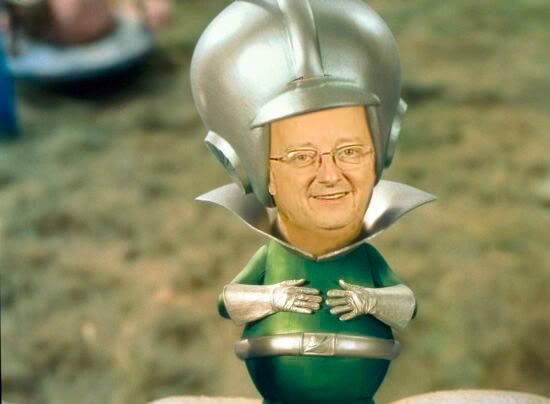
Explaining the high number of injuries. The new collective bargaining agreement creates too much time for the players to rest their bodies. As one front office exec told me, long rest helps joints, but long rest isn't great for tendons. The new work rules give players 14 weeks off from the end of the season, seven weeks to train with their teammates and then six to eight weeks off before training camp. If the players aren't doing enough running or training to keep the tendons constantly working, they are vulnerable to the ACL tears, Achilles pulls and other injuries that have hit teams. Many of these injuries have come in non-contact activities. The league and the union need to devote time to figuring out a better offseason strategy to help players stay away from these bad injuries.
http://espn.go.com/nfl/trainin...layton-thoughts-road
If this was posted already, Ill nix this topic.
So, you agree?



